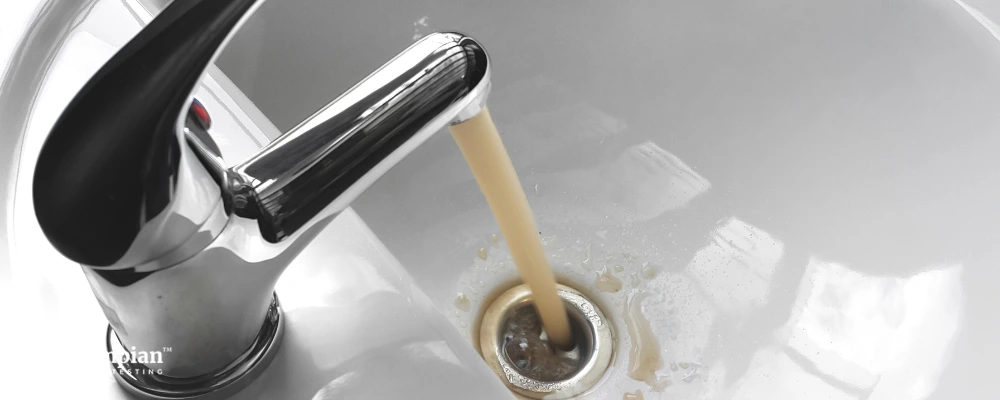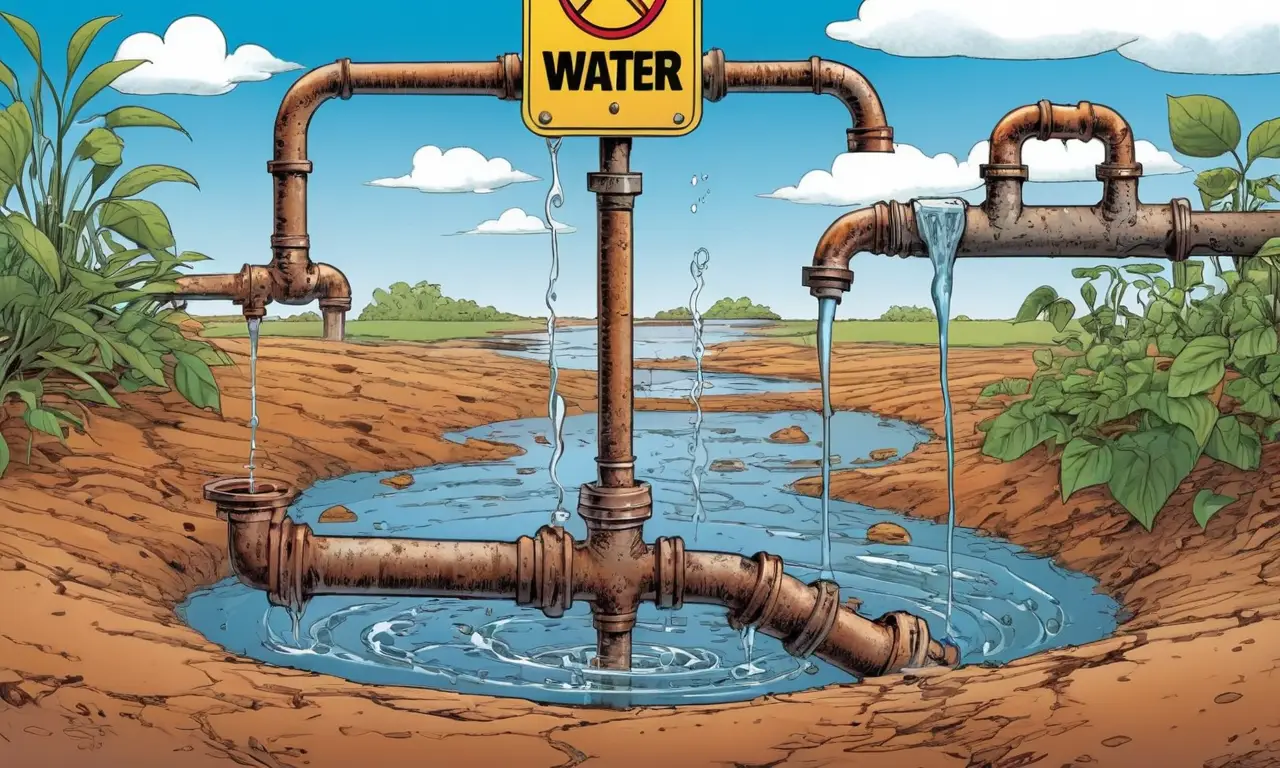
Have you ever turned on your tap and been greeted by a disconcerting shade of brown water? This can be unsettling, leaving many wondering if it’s safe to drink. While the sight of brown tap water might seem alarming, understanding its causes and potential risks can help you make informed decisions about your drinking water. This article will delve into the common reasons behind brown tap water, assess its safety for consumption, and guide you on how to address this issue effectively.
Brown Tap Water Causes
Brown tap water is often a visual indicator of underlying issues within your plumbing system or the municipal water supply. These problems can range from harmless aesthetic concerns to potential health hazards. Let’s explore some of the most common causes:
Rust and Sediment in Pipes

One of the primary culprits behind brown tap water is rust and sediment buildup within your pipes. Over time, iron pipes can corrode, releasing reddish-brown particles into the water flow. This is particularly prevalent in older homes with aging plumbing infrastructure. Sediment, composed of sand, dirt, or mineral deposits, can also accumulate in pipes, contributing to the brown discoloration.
Factors Influencing Rust and Sediment
Several factors can exacerbate rust and sediment buildup:
- Age of Pipes: Older iron or galvanized steel pipes are more susceptible to corrosion.
- Water Hardness: Hard water, rich in minerals like calcium and magnesium, can contribute to sediment formation.
- Low Water Pressure: Insufficient water flow can allow sediment to settle within pipes.
- Plumbing Repairs: Recent plumbing work may have disturbed existing sediment or introduced new particles into the system.
Is Brown Tap Water Safe to Drink?
While brown tap water is generally not considered a significant health risk, it’s essential to exercise caution and investigate the cause. The presence of rust and sediment can affect the taste and odor of your water, making it less palatable. However, in most cases, these particles are harmless and do not pose a direct threat to your health.
When to Seek Professional Help
If you experience persistent brown tap water or notice any unusual odors or tastes, it’s crucial to contact your local water provider. They can conduct tests to determine the source of the discoloration and advise on appropriate solutions.
Health Risks of Brown Water

Although rust and sediment are typically not harmful, there are some potential health risks associated with brown tap water:
- Iron Overload: Excessive iron consumption can lead to iron overload in the body, which can damage organs over time. However, this is more likely to occur with chronic exposure to high levels of iron in drinking water.
- Bacterial Contamination: In rare cases, brown water may indicate a bacterial contamination issue. If you suspect this, it’s essential to boil your water before consumption or seek alternative sources.
Contacting Your Local Water Provider
Your local water provider is your best resource for addressing brown tap water concerns. They can:
- Investigate the Source: Conduct tests to determine the cause of the discoloration and identify any potential hazards.
- Provide Solutions: Recommend appropriate filtration systems or other measures to improve water quality.
- Offer Guidance: Advise on safe drinking practices and answer any questions you may have about your water supply.
Conclusion
Brown tap water can be a concerning sight, but understanding its causes and potential risks can empower you to take informed action. While rust and sediment are generally harmless, it’s crucial to contact your local water provider for investigation and guidance. By addressing the underlying issue and implementing appropriate solutions, you can ensure that your drinking water is safe, clean, and enjoyable.
